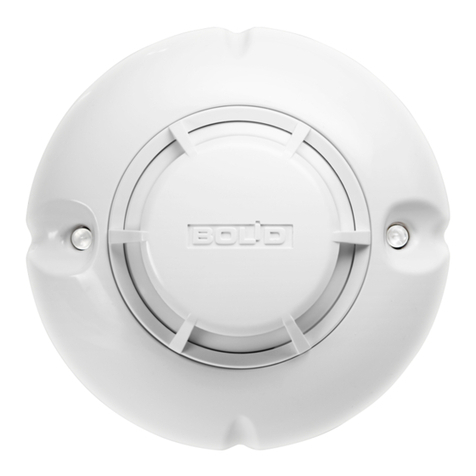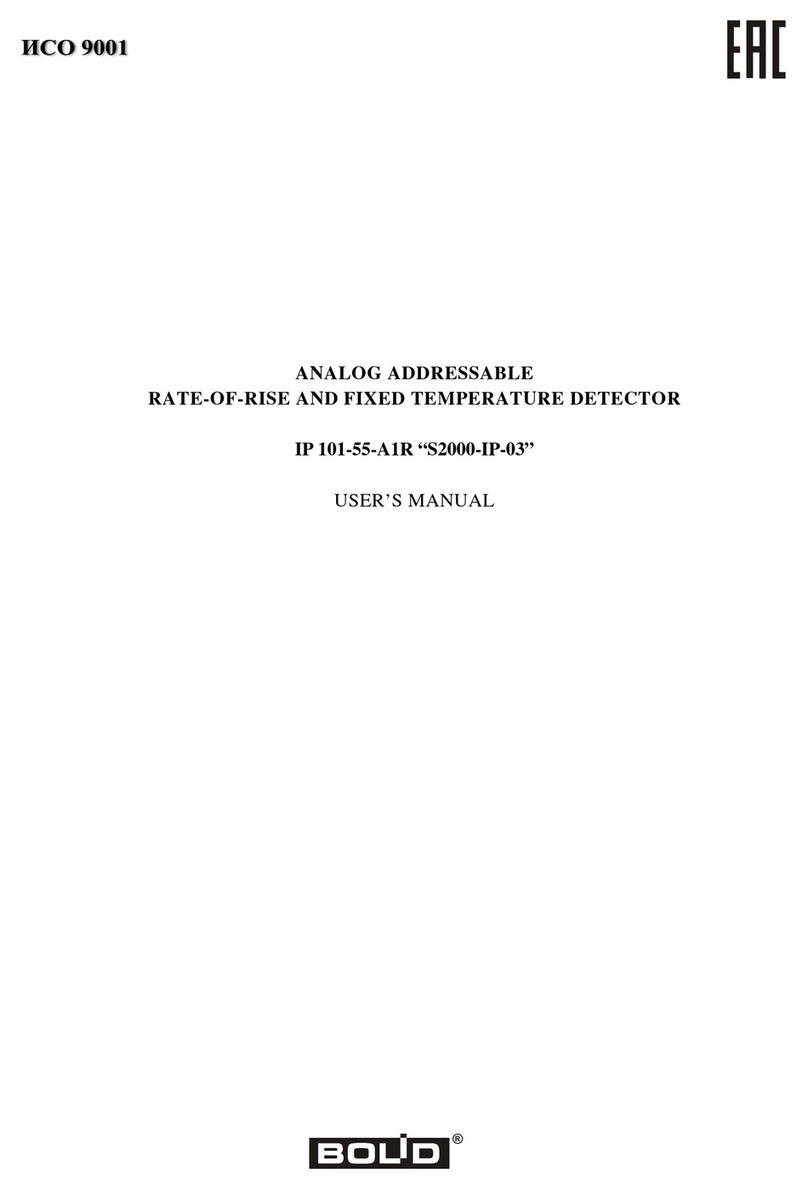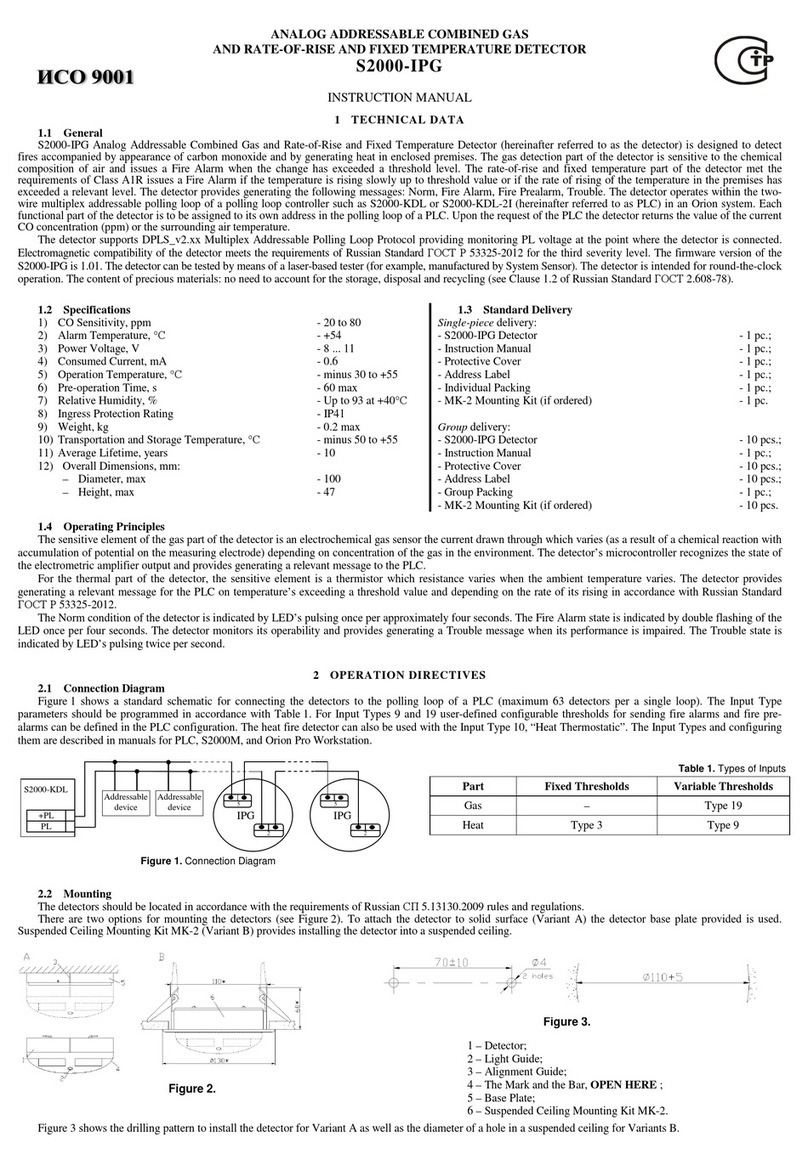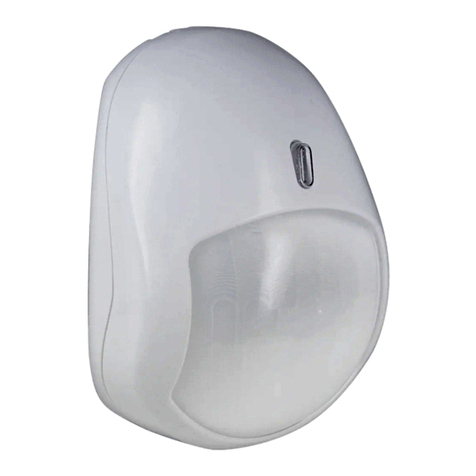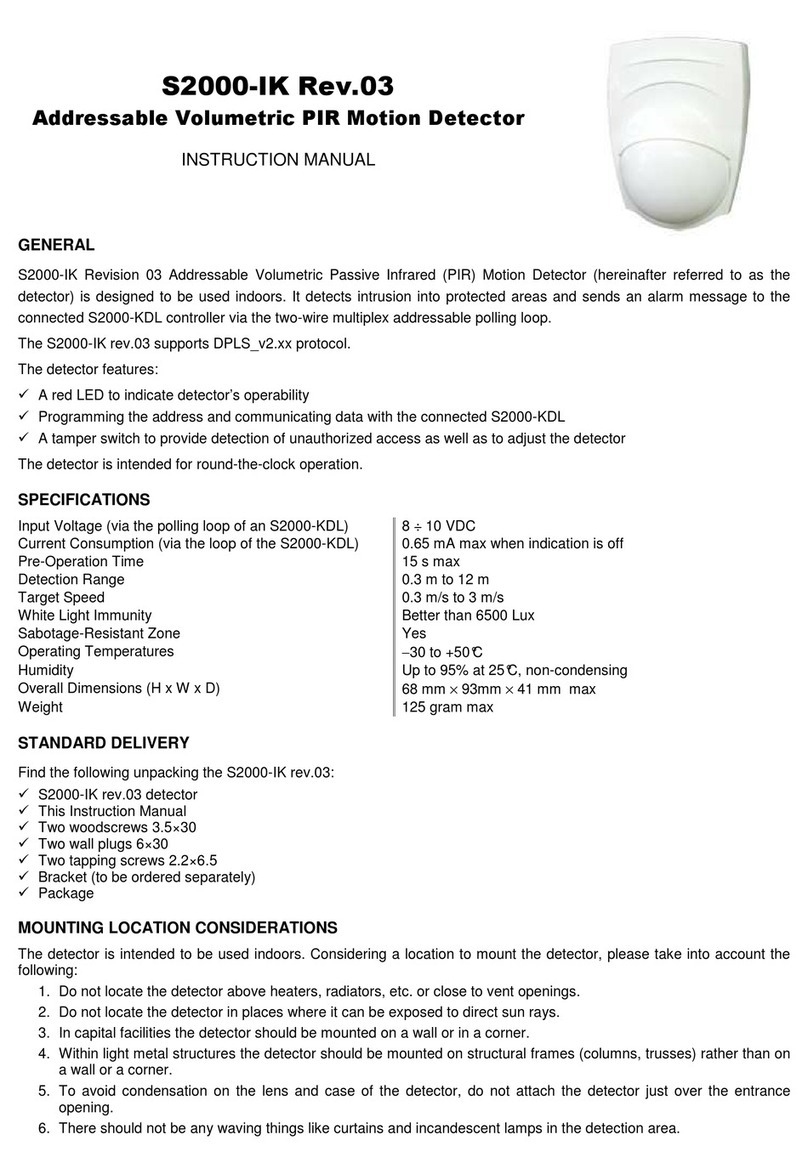
7
1.4.4 Table 1.4.2 – Table 1.4.14 represent performance of LEDs “1” – “60” depending on partition
conditions and the assigned Indicator Type, which is a configuration parameter that can be
defined by user (see Programming the Module).
If for a partition several states are detected at once then the state of most priority is displayed.
Tables 1.4.2 – 1.4.14 shows partition conditions ordered with top-down prioritization. If no
from partition conditions meet all states shown in a table then the relevant indicator is off.
Intrusion Indicator Type is designed to display conditions of intrusion partitions.
Table 1.4.2. Performance of the “1” – “60” LEDs for Indicators of Intrusion Type
Partition Condition “1” – “60” LEDs
Performance
Panic Alarm, Duress Alarm, Flooding Detected, Intrusion Alarm
(all kinds of troubles including troubles of alarm loops, outputs,
power troubles, communication troubles etc.:
Fault, Input Open Failure, Input Short Failure,
Configuration Error, Tamper Alarm, Output Open Failure,
Output Short Failure, Mains Failed, Overload, Battery Test Error, Power
Failed, Charger Failed, Battery Failed, Battery Low, Backup Battery
Low, Level Above Limit, Level Below Limit, Noise, Actuator Failed,
Actuator Error, Service Required, Temperature Sensor Fault, Input
Communication Fault, Output Communication Fault, Unit
Communication Fault, Device Authentication Error, PL Short Circuit,
PL Overvoltage, PL Communication Error, PL Unstable Error,
PL1 Communication Lost, PL2 Communication Lost,
0.25 s on and 1.75 s off
Arming Failed Blinks in amber with 0.5 s
on and 0.5 s off
Lobby Alarm Blinks in red with 0.25 s
on and 0.75 s off
Disarmed Lit with green
Arming
Blinks in green four times
per second
Armed Lit with red
Disabled Lit with amber (under
S2000M ver.3.00+)
Intrusion-2 Indicator Type differs from Intrusion Indicator Type just by indicator’s being off
in Disarmed condition.
Table 1.4.3. Performance of the “1” – “60” LEDs for Indicators of Intrusion-2 Type
Partition Condition “1” – “60” LEDs Performance
Panic Alarm, Flooding Detected,
Intrusion Alarm Blinks in red with 0.5 s on and 0.5 s off
Fault Blinks in amber with 0.25 s on and 1.75 s off
Arming Failed Blinks in amber with 0.5 s on and 0.5 s off
Lobby Alarm Blinks in red with 0.25 s on and 0.75 s off
Disarmed Off
Arming Blinks in green four times per second
Armed Lit steady with red
Disabled Lit steady with amber (with S2000Мver.3.00+)






